
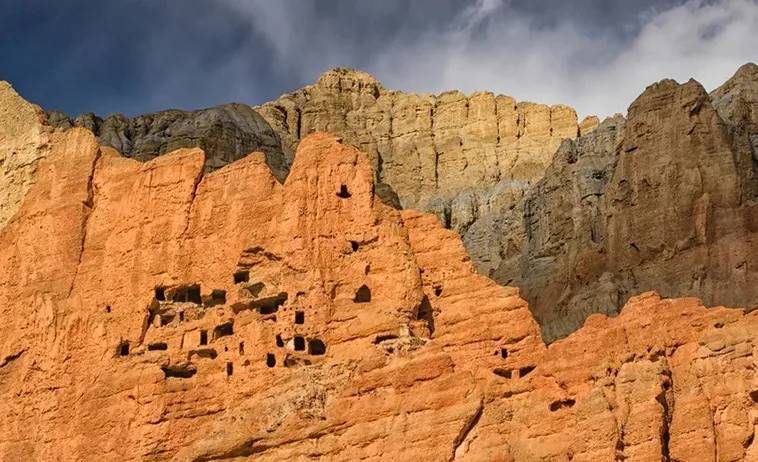
Mustang Caves: 10 000 Caves Built at Least 2000 Years Ago
Mustang is a region where the old Kingdom of Lo was set in northern Nepal. This mountainous region contains nearly 10 000 handbuilt caves carved into the Himalayas. During the 1990s, Nepalese archaeologists and the University of Cologne found dozens of bodies that are at least 2000 years old while exploring the Mustang caves. Despite further investigation on the Upper Mustang site, the archaeologists could not find who built the caves.

According to the archaeologists, the caves in Upper Mustang functioned as burial chambers as early as 1000 BC. Later, the frequent local conflicts over the region caused people to move into the caves during the 10th century. As people moved back into the villages by the 1400s, caves also began serving as meditation chambers, military lookouts, and storage rooms. Due to its location near the Tibetan border, Mustang Caves were closed to trekkers until 1992. Nevertheless, today the area is open for 1000 travelers each year.

A group of mountaineers and archeologists discovered 27 almost intact skeletons dating from the 3rd century to the 8th century. Due to the cut marks on the bones, scientists think that the bodies were probably handled in a way related to the Buddhist sky burial. According to this ritual, a human corpse is left on a mountaintop to decompose or be eaten by scavenging animals. Today, residents of Mustang still slice up the bodies and place them in a high place so that vultures can snatch the pieces up. Archaeologists also found a collection of 8000 documents mostly dating from the 15th century. The contents of the pages range from Tibetan Buddhist doctrine to legal matters.













Recommended Videos
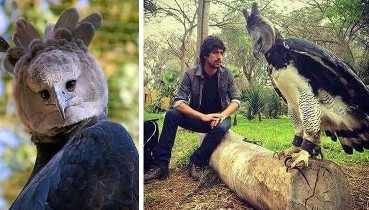 Largest Eagles in the World Are So Big That Their Talons Are Bigger Than Bear Claws149 views
Largest Eagles in the World Are So Big That Their Talons Are Bigger Than Bear Claws149 views People Are Sharing Pics Of Boyfriends “Forced” To Take Perfect Pictures Of Their Girlfriends225 views
People Are Sharing Pics Of Boyfriends “Forced” To Take Perfect Pictures Of Their Girlfriends225 views-
Advertisements
 21 Jaw-Dropping Naked Dresses Worn By Celebs That Make Me Do A Double Take Every Darn Time408 views
21 Jaw-Dropping Naked Dresses Worn By Celebs That Make Me Do A Double Take Every Darn Time408 views Meet Zuu – The Cat Who Embodies The Feeling When You Hear Your Alarm Clock Start Ringing62 views
Meet Zuu – The Cat Who Embodies The Feeling When You Hear Your Alarm Clock Start Ringing62 views 4 Rare Rubies Found in North Carolina45 views
4 Rare Rubies Found in North Carolina45 views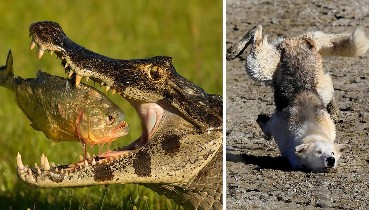 23 Photos That Surprisingly Captured In Perfect Timing302 views
23 Photos That Surprisingly Captured In Perfect Timing302 views A rare satanic leaf-tailed gecko70 views
A rare satanic leaf-tailed gecko70 views The Hanging Naked Men Orchid: A Fascinating Flower of the Mediterranean87 views
The Hanging Naked Men Orchid: A Fascinating Flower of the Mediterranean87 views
You may also like
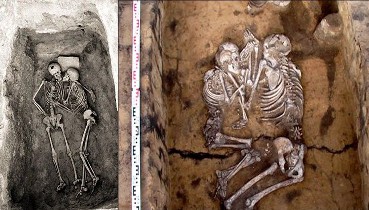 “The Mystery of APCIEPT Revealed: 2,800-Year-Old Harvest Lover Discovered”
“The Mystery of APCIEPT Revealed: 2,800-Year-Old Harvest Lover Discovered” 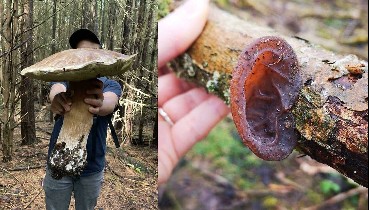 30 Times Mother Nature Surprised These People With Interesting Stuff
30 Times Mother Nature Surprised These People With Interesting Stuff  This Adorable Sea Slug Eats So Much Algae It Can Photosynthesize
This Adorable Sea Slug Eats So Much Algae It Can Photosynthesize  This Man Makes It His Mission To Save The Local Sea Turtles From Their Suffering
This Man Makes It His Mission To Save The Local Sea Turtles From Their Suffering